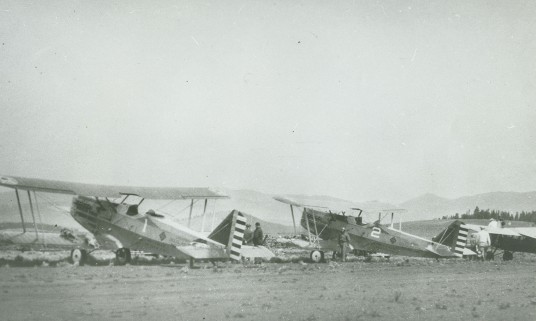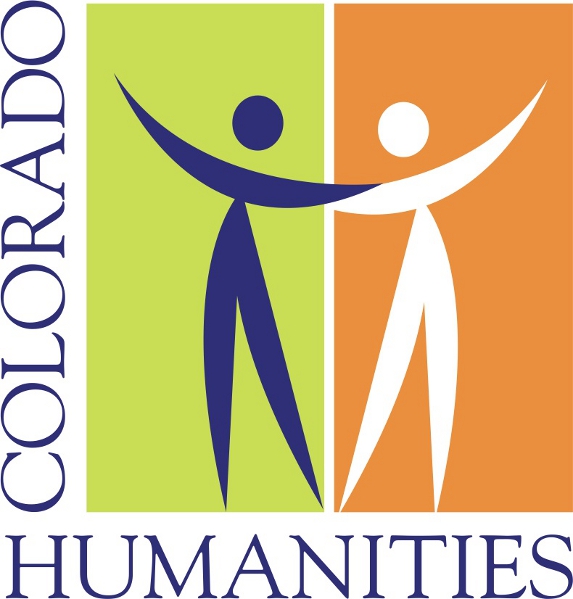January 9, 2011, is the Anniversary of Aviation in America. On that date in 1793, Jean-Pierre  Francois Blanchard made history in Philadelphia, PA, when he made the first manual free-balloon flight. Recording an event like this is important as we look back at the history of flight in our country.
Francois Blanchard made history in Philadelphia, PA, when he made the first manual free-balloon flight. Recording an event like this is important as we look back at the history of flight in our country.
In an effort to make sure important aviation events that occur in Colorado are preserved, a group of volunteers have launched the Colorado Airport History Preservation Project. Colorado Humanities and the National Endowment for the Humanities awarded the project a 2010-11 Research grant to inventory and publish this important aviation heritage on the web site www.coloradoairporthistory.com under the direction of volunteer, Dr. Penny Hamilton. (Photo of 1930’s-era "Lindy Birds" on the Granby-area mesa from the historic collection of Paul and Margaret Gilbert. (c) )
Photographs, files, web links and other information about Colorado’s community airports are already available on the web site. “Our volunteers are researching and gathering information daily which is constantly being posted on-line,” reported Dr. Hamilton.
Like Colorado itself, the state’s airports are relatively young. Just after World War I, many ‘Barnstormers’ descended on rural Colorado and introduced a new way of thinking about time and distance. "Due to the vastness of Colorado and the difficulties inherent in mountain travel, the old saying, ‘a mile of road will take you one mile, but a mile of airstrip or runway will take you anywhere,’ was never more true than in Colorado," said Dr. Hamilton.
This new reality, according to Dr. Hamilton, brought to Colorado by barnstormers and our aviation pioneers, resulted in the construction of dozens of airstrips and even airports. Before it is lost, Dr. Hamilton said that the history of each airport needs to be recorded and preserved through this important volunteer project. 
During the early 1930s, many Colorado communities and airports thrived because of the Works Progress Administration (WPA) which built runways and even terminal buildings for rural Colorado. "LaJunta Municipal (LHX) began as a WPA-funded landing strip in those depression years, said Dr. Hamilton, and later, in the 1940s, it became a U.S. Army Air Base.”
Colorado Pilot, Beverly Cameron, has compiled an impressive history for the Erie-Tri-County Municipal Airport which is published as part of the aviation heritage preservation project. The history of Colorado public use-community airports is often a reflection of the leadership and vision of a few community leaders. Almost 20% of Colorado’s 76 public-use airports have historic names associated with local aviation pioneers. Del Norte airport, 8V1, is named to honor outstanding Navy pilot and astronaut, Kent Rominger. Steamboat Springs, SBS, honors Bob Adams, a local civic leader and volunteer. More Colorado airport and aviation history can be viewed at www.coloradoairporthistory.com
More volunteers and the collection of airport history is being sought. If you have Colorado airport history or photographs to share as part of the Colorado Airport History Preservation Project, contact Dr. Penny Hamilton through the web site.



